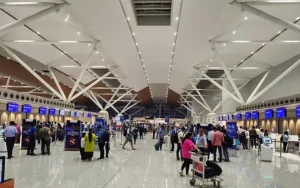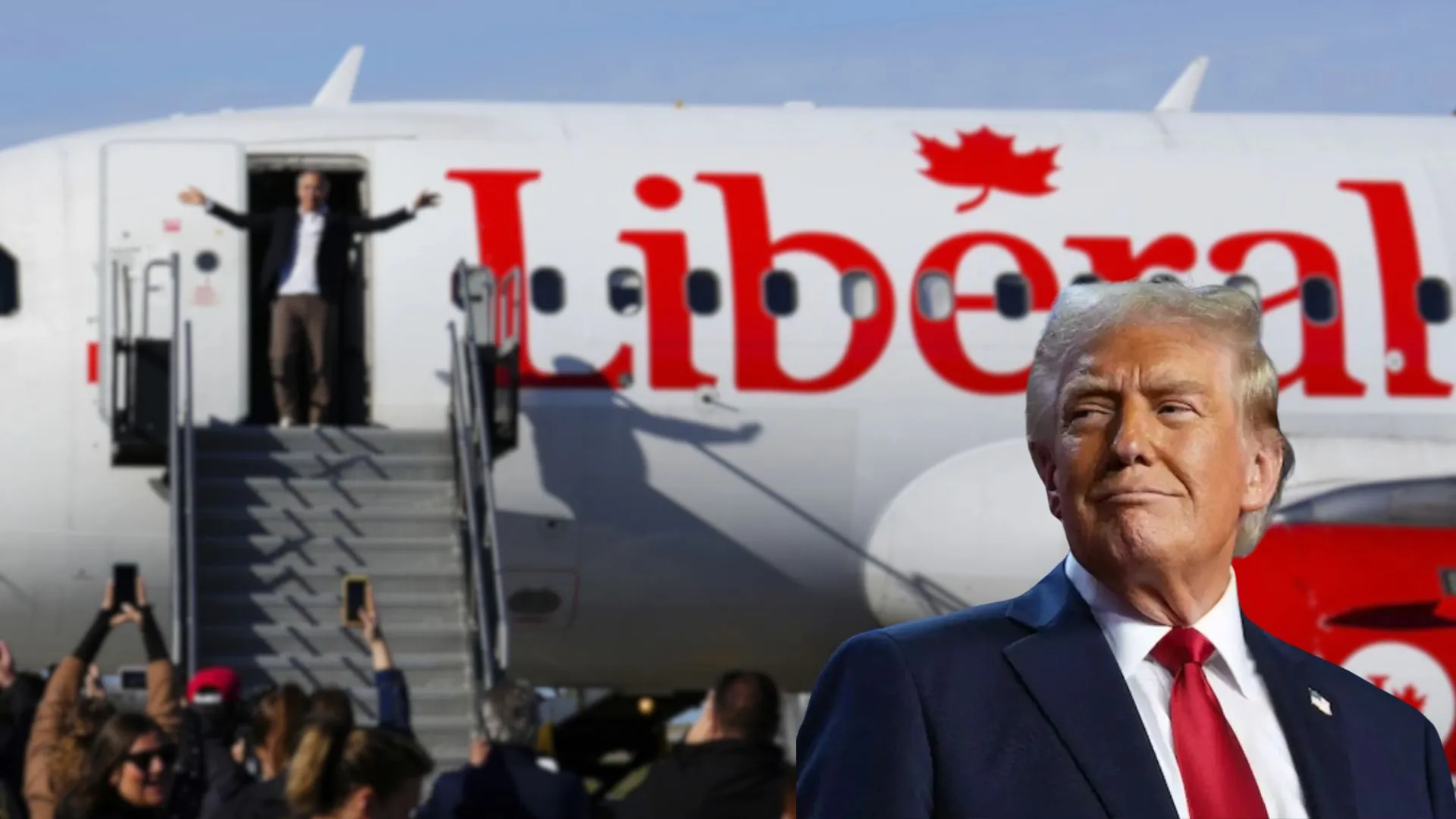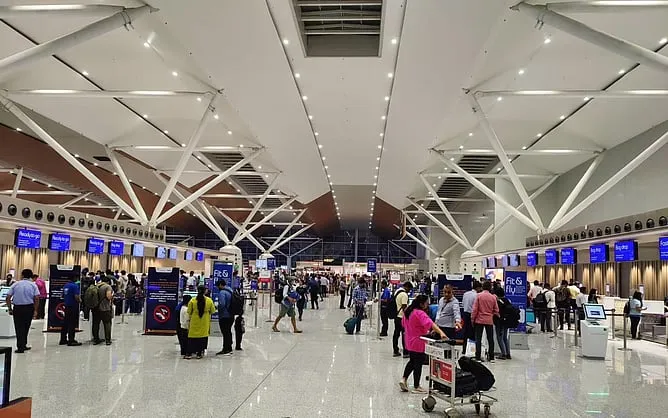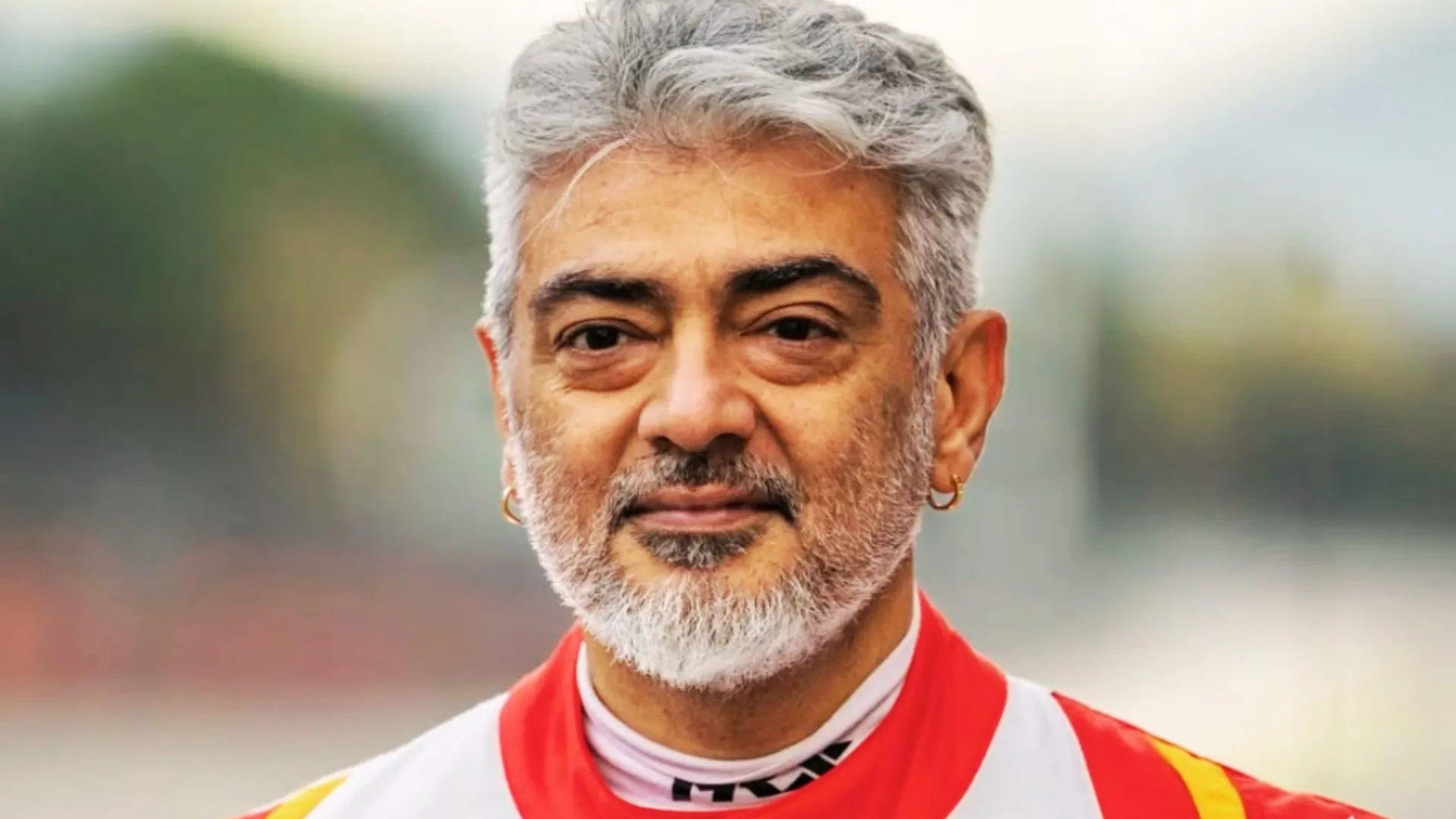Ukrainian military officials are raising alarms about a critical situation in the Donetsk region as Russian forces intensify their efforts to encircle key areas. According to an anonymous Ukrainian officer speaking to the BBC near the front lines south of Pokrovsk, Russia’s current strategy aims to surround this crucial transportation hub.
The officer described a strategy by Ukrainian leadership to hold positions at all costs, which has led to significant losses in troops and resources. This approach has created several “cauldrons”—large areas surrounded by Russian forces—one of which is located south of Pokrovsk, encompassing Nevelske, Hirnyk, and Krasnohorivka.
The officer questioned the rationale behind maintaining positions near Nevelske while losing ground in Hirnyk, suggesting that a strategic retreat to Hirnyk might have minimized resource loss and strengthened defences. He criticized the current strategy as reckless, given the disparity in resources between the two sides.
Roman Pohorily, an analyst and co-founder of the Deep State map, noted that Ukrainian troops have retreated from Nevelske to avoid encirclement, though the officer believes this move should have been made earlier to prevent unnecessary casualties and resource depletion.
Read: Foreigners Allegedly Involved In Plot To Kill Maduro
Russian troops are now advancing towards Kurakhove, a city 35 km south of Pokrovsk. Ukrainian forces in the area report heightened combat intensity. Ukraine’s General Staff has confirmed this escalation, noting 32 clashes in the Pokrovsk sector and 48 in Kurakhove recently.
Major Serhiy Tsekhotsky from the 59th Brigade stated that Russian forces are attempting to strengthen their positions to encircle Pokrovsk and potentially destroy it. Lieutenant Colonel Oleh Demyanenko, commanding a tank battalion of the 110th Brigade, observed that while Russian forces are pushing from multiple directions, their primary focus is the southern flank towards Kurakhove.
Russian assaults on Ukrainian positions often involve small groups without heavy armour, making the defence challenging. Major Tsekhotsky explained that these small units attempt to capture specific points, which are then reinforced by additional troops.
The flat terrain around Kurakhove complicates both defence and advancement, with Ukrainian forces frequently shelling the area. Despite this, Ukrainian troops, including those from the 33rd Brigade, are maintaining their positions effectively.
Kurakhove’s strategic significance lies in its connectivity to Pokrovsk, with roads crucial for troop and supply movements. If Russian forces capture Kurakhove, they could launch new attacks on Pokrovsk from a different direction or potentially target Ukrainian positions in Vuhledar, a city in southern Donbas.
The Ukrainian officer on the front line suggested that a defensive strategy similar to the prolonged defence of Bakhmut might be necessary to hold Pokrovsk and prevent the complete capture of the Donetsk region by Russian forces.
Also read: Egypt: Two Die After Two Trains Collide In Nile Delta






















